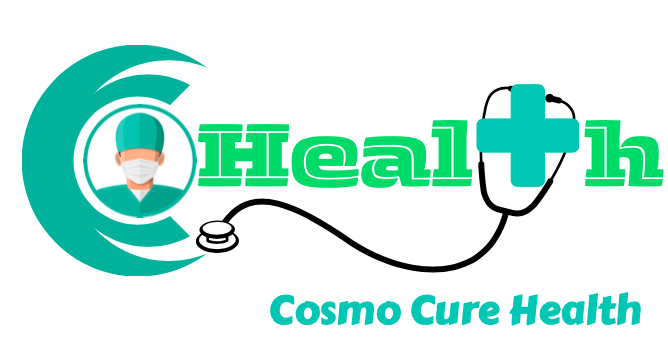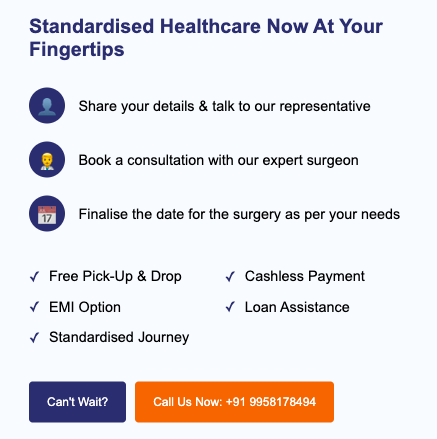Varicose Veins
Varicose veins are swollen, twisted veins that appear under the skin, often causing discomfort and heaviness in the legs. They result from weakened or damaged valves that hinder proper blood flow.
What is Varicose Veins ?
Varicose veins are enlarged, twisted veins that typically develop in the legs due to weakened or damaged valves that disrupt normal blood circulation. This condition often leads to symptoms such as aching, heaviness, swelling, and discomfort, especially after prolonged standing or sitting. While varicose veins are generally harmless, they can sometimes cause complications like skin ulcers, blood clots, or persistent pain. Factors such as age, genetics, pregnancy, obesity, and a sedentary lifestyle can contribute to their development. Treatment options range from lifestyle changes and compression therapy to medical procedures like sclerotherapy or laser treatments to improve circulation and reduce vein appearance.
Financials

Cost Estimate

₹ Xxx, xx

Consultation Free

Transportation Free

Insurance

All Insurances Accepted

Hassle-free Approval

Complete Paperwork Assistance

EMI

Zero Cost EMI

Pay in Installments

Easy Approval
Why Consider Varicose veins?
Diagnosis of Varicose Veins
The diagnosis of varicose veins typically begins with a physical examination, where a doctor assesses the appearance of the veins, especially in the legs, while the patient is standing. To evaluate blood flow and detect any valve dysfunction or blockages, a Doppler ultrasound is often performed, providing detailed imaging of the veins. In some cases, a venogram may be recommended, where a contrast dye is injected to get a clearer view of the veins through X-ray imaging. Identifying varicose veins early allows for timely intervention, helping to manage symptoms and prevent complications such as ulcers, blood clots, or chronic venous insufficiency.
Treatment Options for Varicose Veins
Recovery and Aftercare
Recovery and aftercare for varicose veins depend on the treatment method used but generally focus on promoting healing and preventing recurrence. Patients are often advised to wear compression stockings to improve circulation and reduce swelling. Regular movement, such as walking, helps prevent blood clots and supports vein function. Keeping the legs elevated when resting can further reduce discomfort and swelling. Following a healthy lifestyle, including a balanced diet and staying active, is essential for long-term vein health. In cases of surgical or minimally invasive treatments, patients should follow their doctor’s instructions regarding wound care, medication, and follow-up visits to ensure a smooth recovery.






